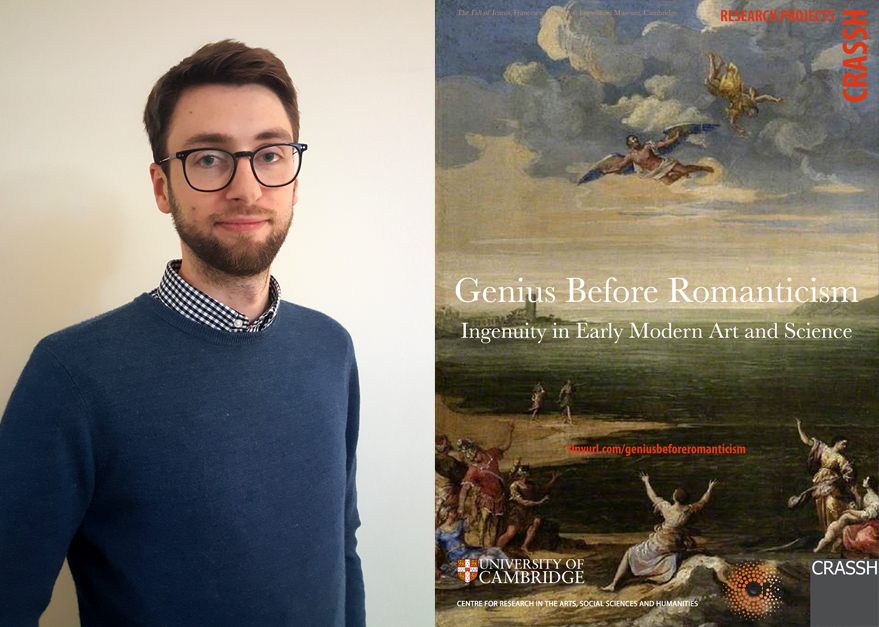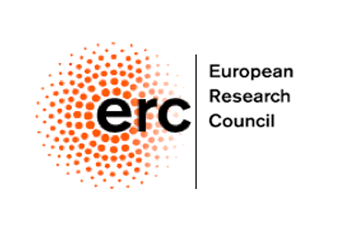Thomas Colville is a Postdoctoral Research Associate on the ERC-funded research project Genius Before Romanticism: Ingenuity in Early Modern Art and Science. He works on the broad and fluid concept of mental capacity in the seventeenth century, specifically looking at how this idea interacts with the pursuit of knowledge about the natural world and society.

Q. Tom, you have recently joined the CRASSH project Genius Before Romanticism. Could you tell us a little about what the project is interested in?
Genius Before Romanticism takes the premise that before the Romantic notion of ‘the genius’ (the brilliant, inventive scientist or artist) there existed discourses of genius and ingenuity which were highly complex and had substantial impact on art and science. Basing our research in the early modern period (c. 1450-1750), we examine the language of ingenuity, the concepts behind that language, how ingenuity appeared in crafts and materials, and how it was represented in images.
The resulting research can be incredibly diverse. The project discusses great scientists and artists, as you might expect, but we also consider such varied topics as visual illusions, metaphors of digestion, geographic understandings of wit, the relationship between the hand and mind, and the intrinsic ingenuity of precious stones.
Q. How does this topic relate to your own area(s) of interest? Have you worked on similar topics previously?
I approach this topic from the perspective of my PhD research. My thesis analysed conceptions of mental capacity (or intelligence) in the seventeenth century, particularly as it related to natural philosophy and the pursuit of knowledge. I am therefore particularly interested in how ingenuity functions as part of a wider spectrum of beliefs about the qualities and powers of the mind. I aim to bring discourses of ingenuity into conversation with other notions such as wit and fancy.
I am also increasingly interested in how ingenuity exists outside of a straightforwardly intellectual frame of reference. It was also a social, cultural and even theological phenomenon. By looking out for ingenuity in unexpected places (such as the fair or the tavern), I believe we can broaden our understanding of what ingenuity really meant to early modern communities.
Q. Which aspect of the project do you find most exciting?
For me, the most exciting aspect of this project is the way that its breadth takes all of us out of our comfort zones and exposes us to new materials and new methods. This year we are focussing on ‘Images of Ingenuity’ and producing a database of visual representations of the concept. I personally have no background in Art History so it has been a wonderful opportunity to immerse myself in something unfamiliar.
We work together very closely on the project, meeting every week to discuss our own research or external contributions to the field. I have learned a huge amount from my colleagues in these sessions, as they gradually try to convert me into an art historian. Though they may still have some way to go!
• Get to know the CRASSH community.
• Read about Genius Before Romanticism: Ingenuity in Early Modern Art and Science.

The Genius Before Romanticism project is funded by the European Research Council under the European Union’s Seventh Framework Programme (FP7/2007-2013)/ ERC grant agreement no 617391.

